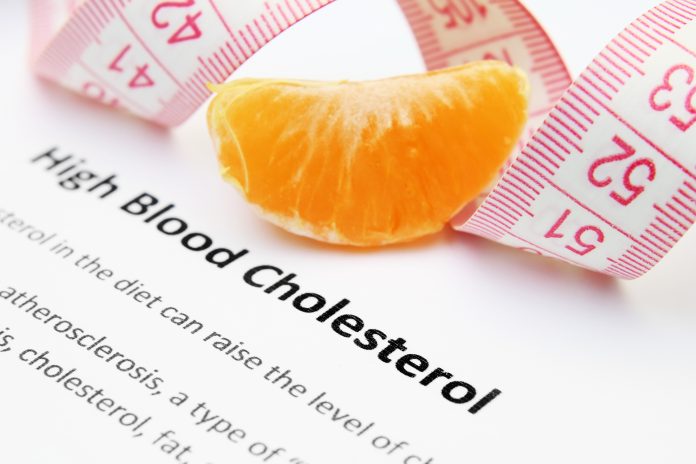A report published by Scientific Advisory Committee on Nutrition on the role of saturated fats and health concludes there’s no need to change current advice to help lower blood cholesterol
The comprehensive review considers the considerable body of evidence published since the last review of the scientific evidence by the UK’s Committee on Medical Aspects of Food and Nutrition Policy (COMA) in 1994.
Based on 47 systematic reviews and meta-analyses, The Scientific Advisory Committee on Nutrition (SACN) concludes that:
- Higher saturated fat consumption is linked to raised blood cholesterol;
- Higher intakes of saturated fat are associated with increased risk of heart disease;
- Saturated fats should be swapped with unsaturated fats;
- There is no need to change current advice that saturated fat should not exceed around 10% of food energy.
Professor Paul Haggarty, Chair of the Saturated Fats and Health Working Group of SACN, said:
“Looking at the evidence, our report confirms that reducing saturated fat lowers total blood cholesterol and cuts the risk of heart disease.
“Our advice remains that saturated fats should be reduced to no more than about 10% of dietary energy.”
Examples of swaps that can be made to reduce saturated fat include:
- Cooking with oils instead of butter;
- Using a lower fat spread instead of butter;
- Choosing lean meat or oily fish instead of red or fatty meat;
- Switching to semi-skimmed milk instead of full fat;
- Using yogurt instead of cream;
- Having a piece of fruit as a snack instead of cake or biscuits;
- Replace some meat in meals with beans or pulses.
Survey data since the 1980s shows that the main sources of saturated fats have changed little in the last 30 years. Intake of saturated fats has fallen over this time, but it remains above recommendations at around 12% of dietary energy.
Cereals and cereal products (for example, biscuits, cakes and pastries), milk and milk products (mainly cheese and milk), and meat and meat products are the main contributors to saturated fat intake.
Professor Louis Levy, Head of Nutrition Science at Public Health England (PHE), said:
“SACN’s review supports and strengthens current advice. We recommend eating foods high in saturated fat less often and in smaller amounts and swapping to unsaturated fats to help achieve a healthy, balanced diet.
“We all need to take action, but food manufacturers, suppliers and caterers have a particular responsibility in helping people to do this.”
Background
The Scientific Advisory Committee on Nutrition (SACN) is an advisory Committee of independent experts that provides advice to PHE as well as other government agencies and departments across the UK. Its remit includes matters concerning the nutrient content of individual foods, advice on diet and the nutritional status of people.
National Diet and Nutrition Survey data indicate that mean intakes of saturated fats remained above UK government recommendations. In 2014 to 2015 and 2015 to 2016, mean intakes as a percentage of total dietary energy were 12.4% to 13.0% in children (age 4 to 18 years), and 11.9% (19 to 64 years), 12.5% (65 to 74 years) and 14.3% (75 years and over) in adults (Roberts and others, 2018).
The recommendation applies to adults and children aged 5 years and older. It does not apply before 2 years of age and applies in full from 5 years of age. A flexible approach is recommended to the timing and extent of dietary change for individual children between 2 and 5 years.
Recommendations are consistent with international guidelines including those made in the USA and Australia and by the World Health Organisation and European Food Standards Agency.
Cereals and cereal products (mainly biscuits, buns, cakes, pastries and fruit pies), milk and milk products (mainly cheese and milk), and meat and meat products were the main contributors to saturated fat intake in all age groups.
In children aged 4 to 10 years, milk and milk products (30%) (about half from whole milk and cheese) and cereals and cereal products (27%) (mainly pizza, biscuits, buns, cakes, pastries, fruit pies and puddings) were the largest contributors to saturated fat intake.
Meat and meat products (17%) was the other main contributor. (Roberts and others, 2018)











